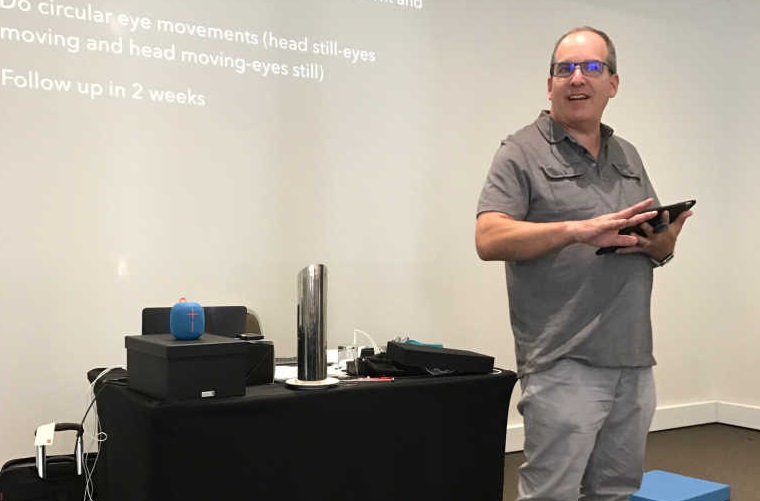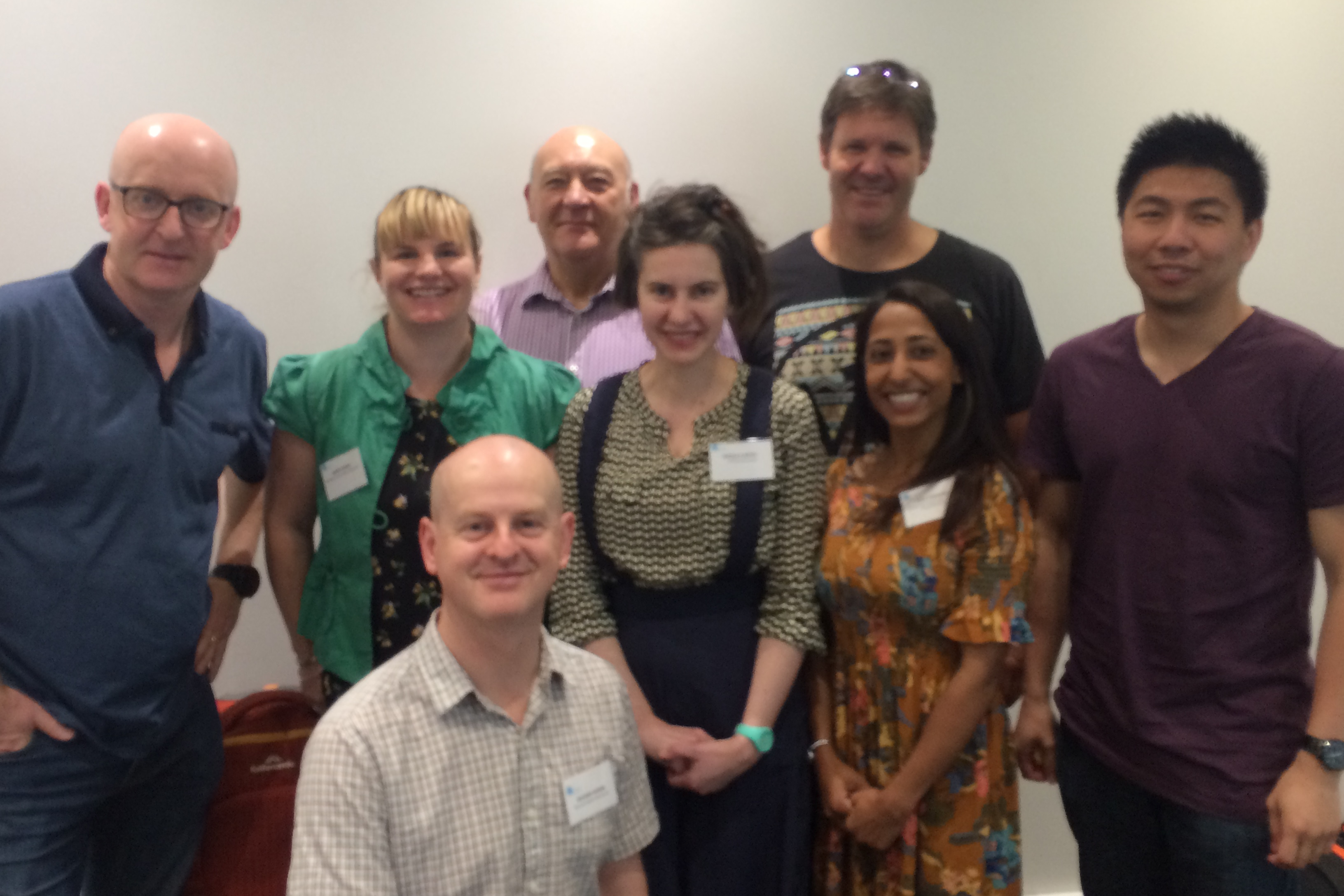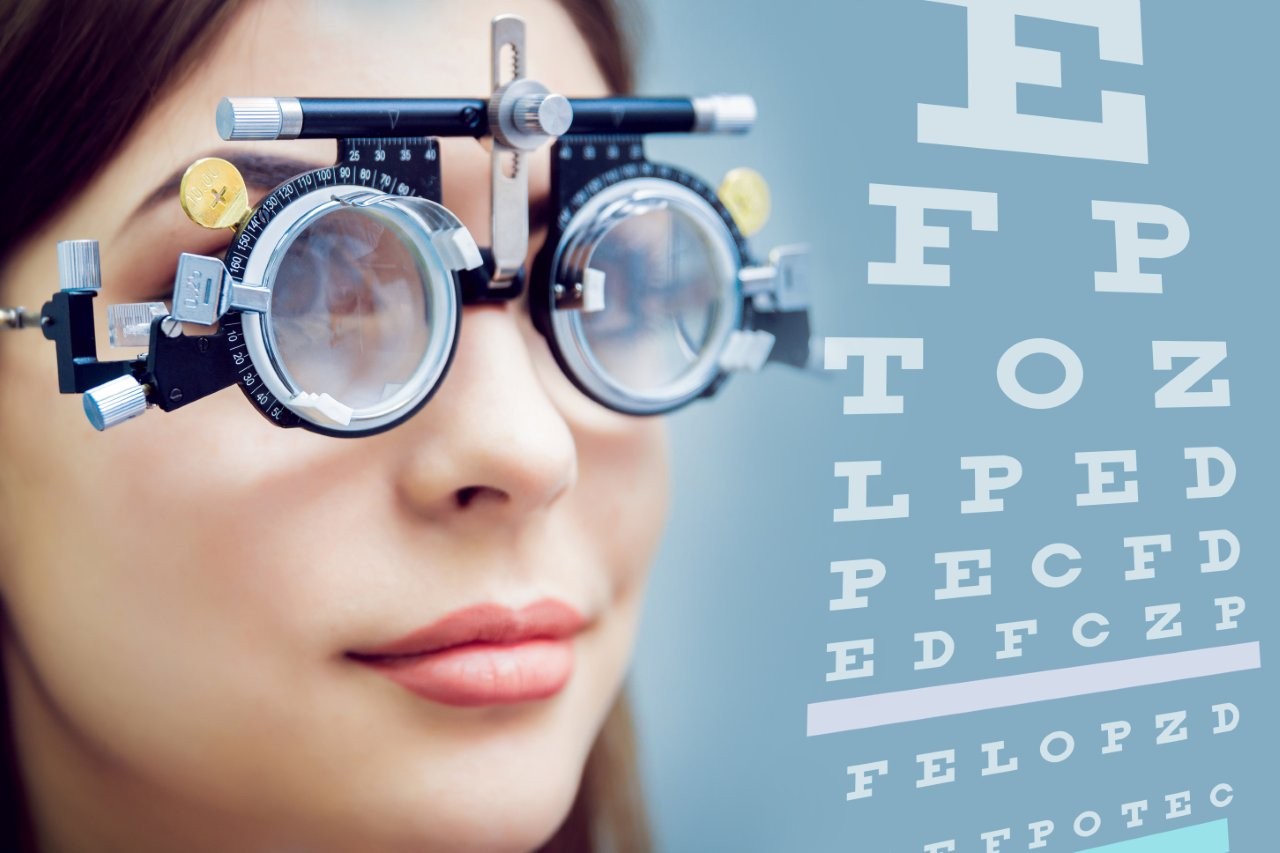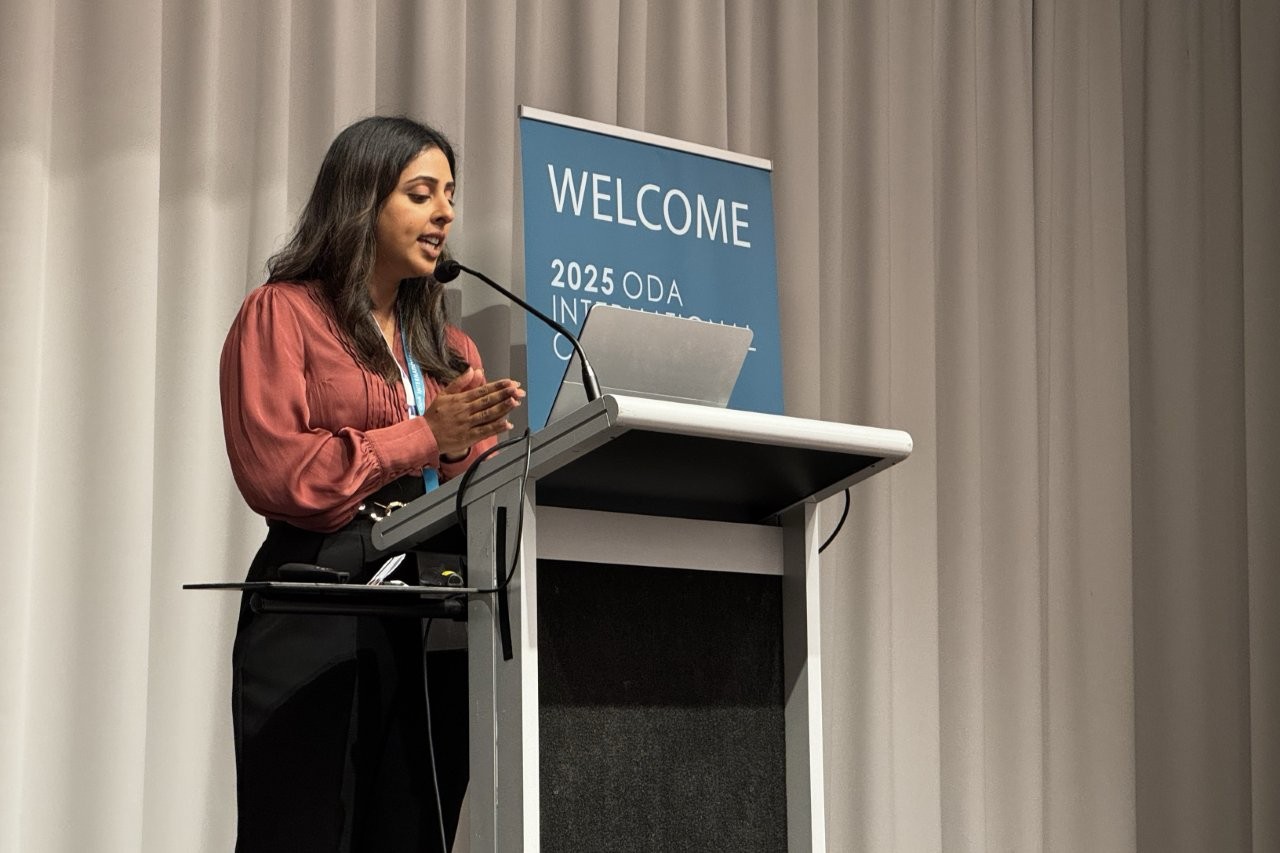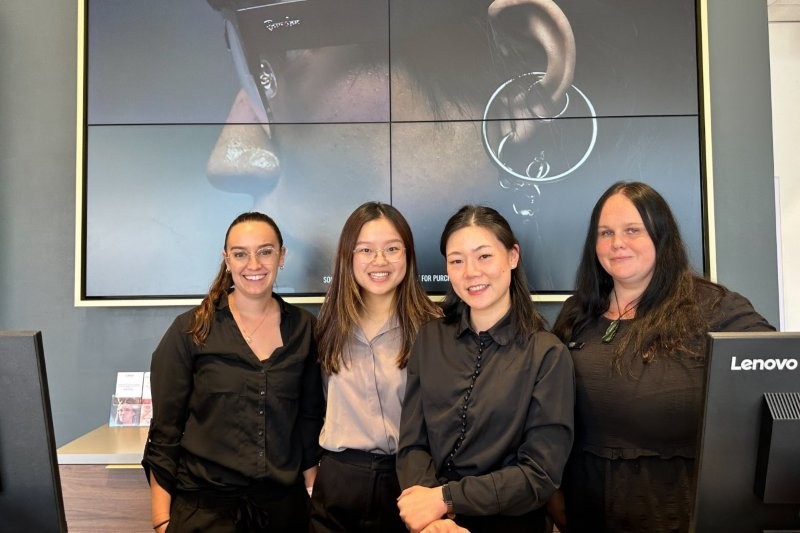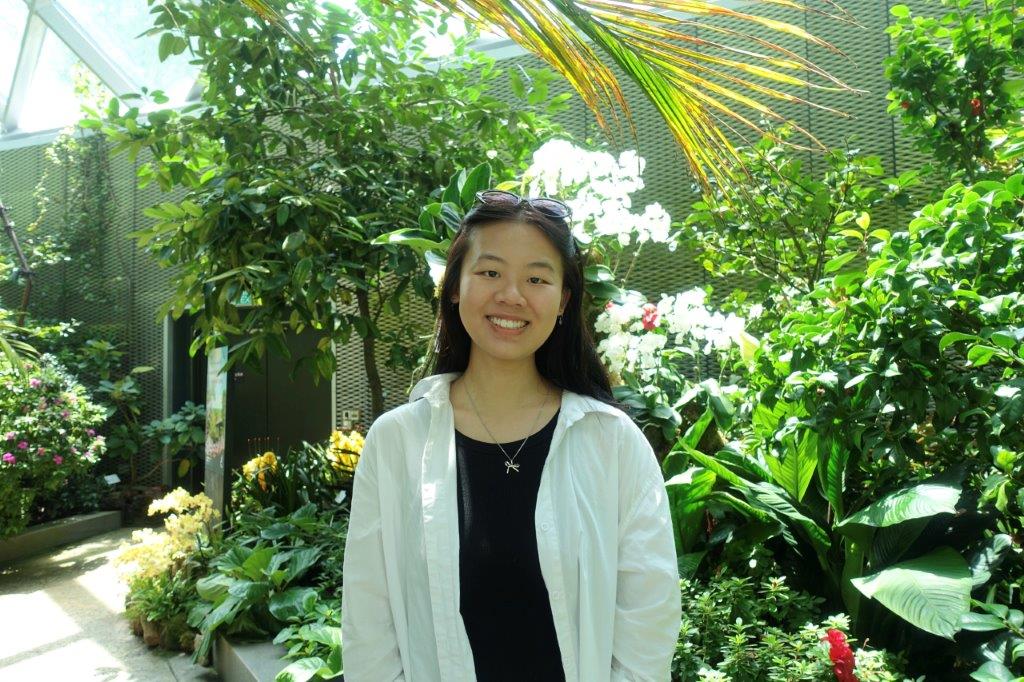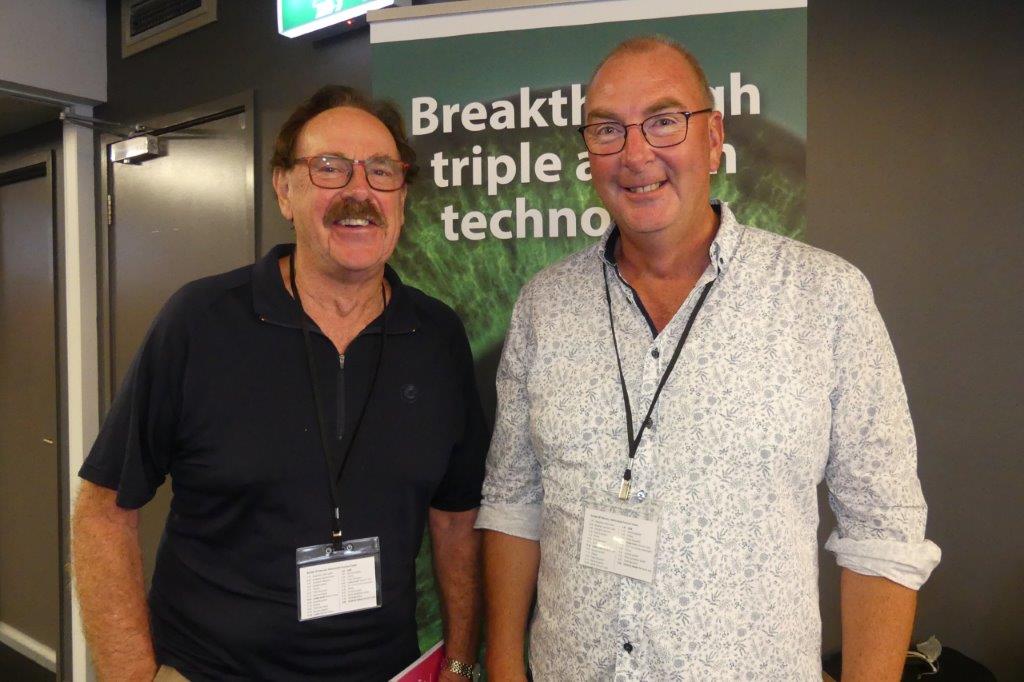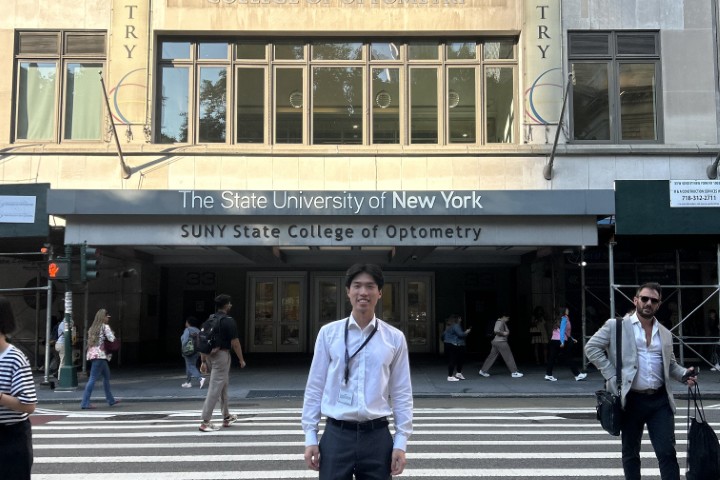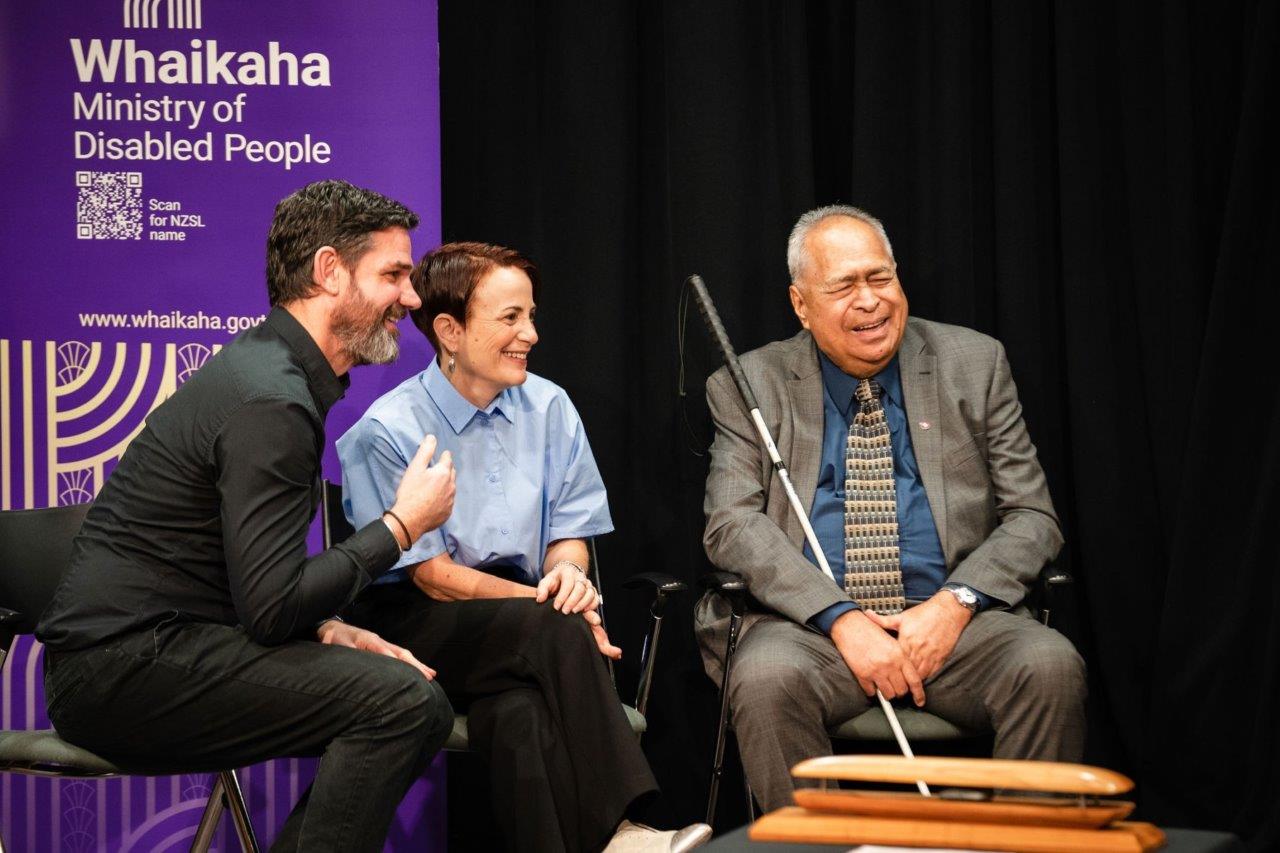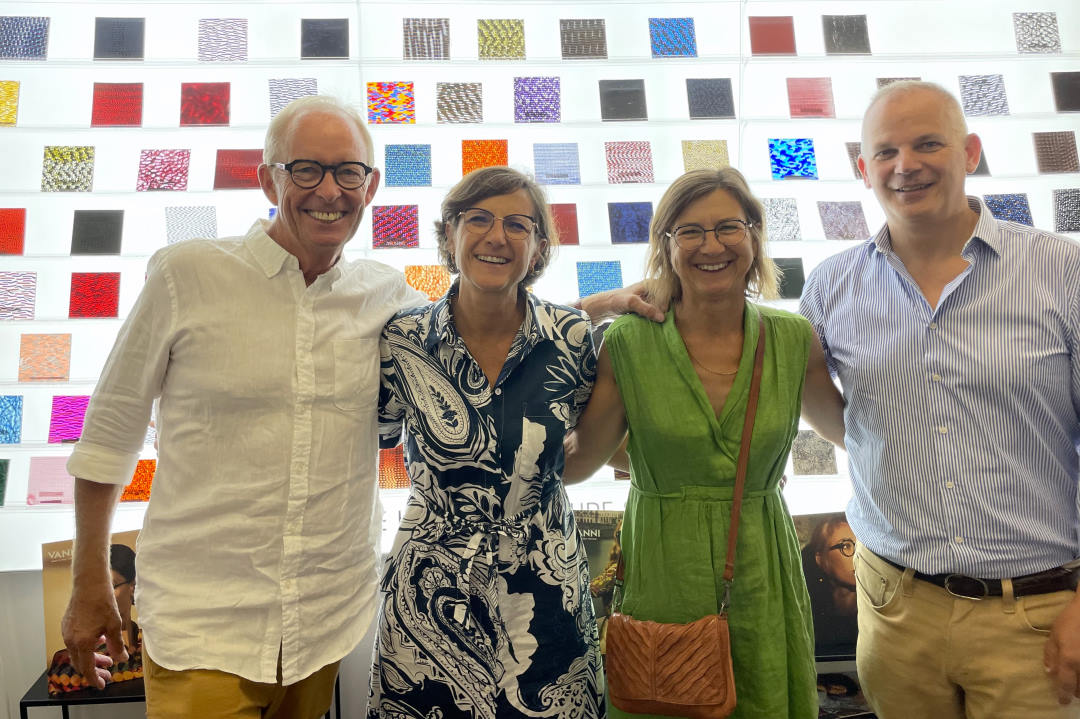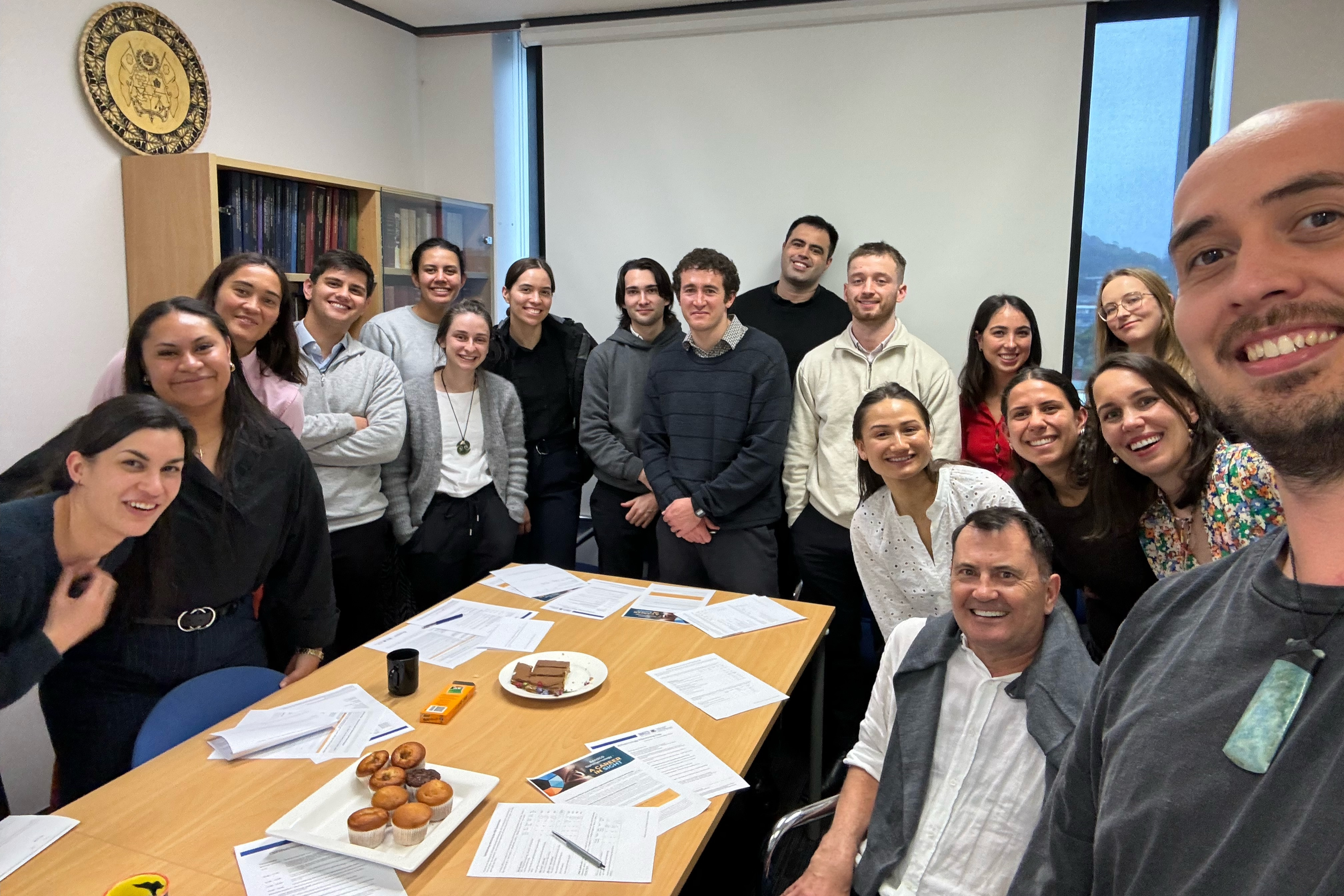Dealing with brain injury
Eight kiwis crossed the Tasman to be a part of the audience at the Neuro-Optometric Vision Rehabilitation Seminar in Sydney from 2-3 December, last year. Attendees from across Australasia and further afield gathered to hear Dr Charles Shidlofsky, a specialist neuro-developmental optometrist from Texas, USA, discuss the vision consequences, treatment and management of patients sustaining an acquired/traumatic brain injury (ABI), as a part of the Australasian College of Optometrists’ annual continuing education series.
Optometrists with specific interest in neuro-optometric rehabilitation are being increasingly sought out as a part of multi-disciplinary medical teams assisting patients rehabilitate from acquired brain injury. Visual dysfunction following ABI is common¹, with a wide variety of symptoms related to vision reported², ³, including headaches, vertigo, diplopia, visual fatigue, focusing difficulty, movement of print on the page when reading, difficulty tracking, sensitivity to light, reduced field of vision, reduced depth perception, reduced colour vision perception, spatial disorientation, altered sense of midline, difficulty with posture and balance, delayed reaction time and impaired memory.
This neuro-optometric weekend seminar covered the common vision deficits and sequelae secondary to brain injury, expanded upon the specialised neurological testing that assists diagnostic evaluation and discussed the treatment options available for patients sustaining a brain injury, including specialist prescribing of lenses, prisms, tints and filters, sector patching options and the use of neuro-optometric vision therapy rehabilitation.
Injury to the striate cortex of the occipital cortex, cranial nerve palsy and orbital wall fractures are well recorded in the literature. But the bimodal process of vision, involving ambient and focal processing, and the role of the magnocellular projections in processing motion, extending spatial mapping to the visual process of orientation and anti-gravity, are now more clinically relevant in understanding how injury to the cortical and sub-cortical mechanisms (that organise vision and its integration with other sensory and motor processes) can result in subtle, but life-changing symptoms seen in patients with ABI and concussion. Notably, 90% of individuals with concussion will have one or more visual symptoms, with 40% experiencing visual symptoms for longer than three months. Not addressed, these symptoms result in delayed recovery and significant difficulty in undertaking daily living activities, including returning to work.
The weekend was a great success and all participants took home clinical pearls they were able to place into practice immediately. For those wanting further exposure to continuing education in neuro-optometric practice in brain injury, consider attending the annual conference of the Neuro-Optometric Rehabilitation Association (https://noravisionrehab.com/) or cross the Tasman next April to attend the ICBO conference ‘Establishing the Future’. For more, visit: https://www.acbo.org.au/professionals/menu/events/91-icbo-2018-establishing-the-future References:Risdall JE, Menon DK. Traumatic brain injury. Philos Trans R Soc Lond B Biol Sci. 2011;366(1562):241-250. Sabates NR, Gonce MA, Farris BK. Neuro-Ophthalmological findings in closed head injury. J Clin Neuroophthalmol. 1991;11(4):273-277.
- Cockerman GC, Goodrich JL, Weichel ED, et al. Eye and visual function in traumatic brain injury. J Rehabil Res Dev. 2009;46(6):811-818
*Evan Brown is a certified behavioural optometrist with specific interest in visual dysfunctions related to learning and paediatric optometry. He is co-lecturer for the ACBO Practical Vision Therapy Programme and clinical co-director for the NZ Special Olympics Healthy Athletes Opening Eyes Programme (see associated story pX.)
